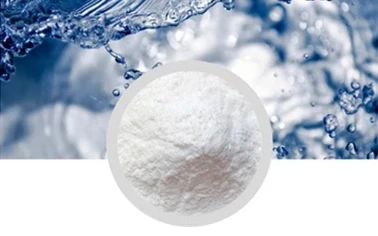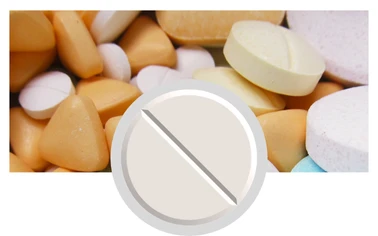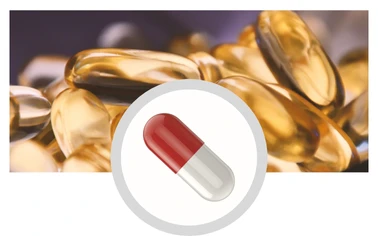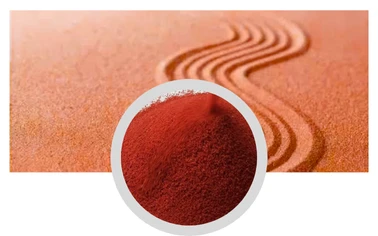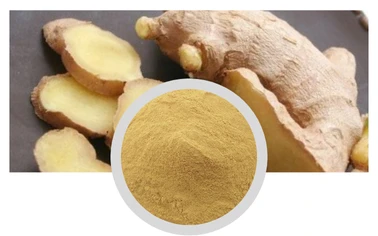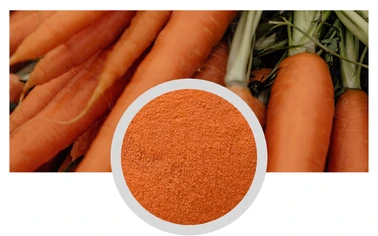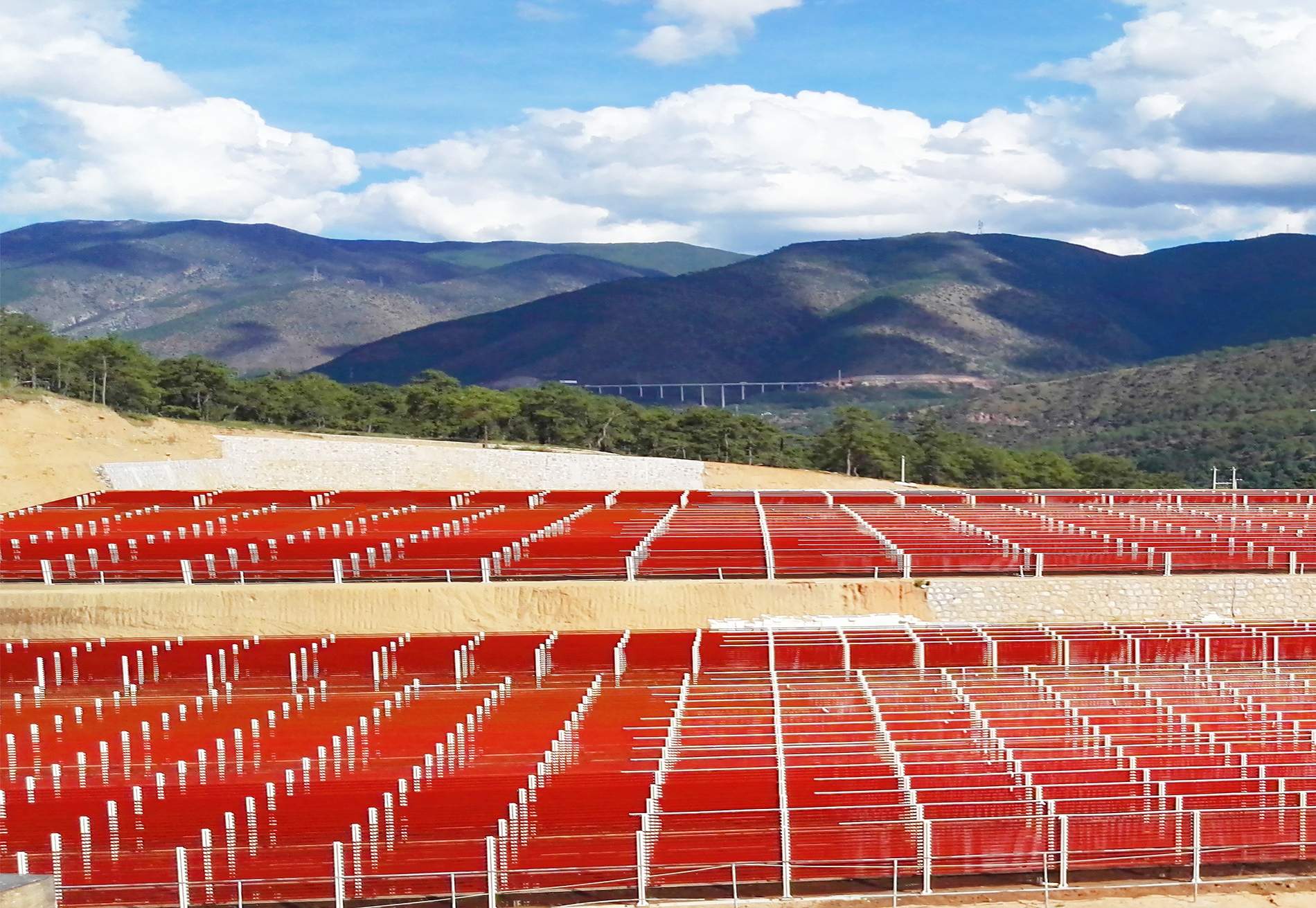The types of extraction of plants play a significant role in producing high-quality extracts for various applications. These methods focus on isolating active compounds from plants, ensuring their therapeutic or functional properties remain intact. From traditional water-based techniques to advanced solvent-based methods, each approach caters to different needs. The types of extraction of plants vary depending on the desired compound, plant type, and end-use application, making it crucial to choose the right process for optimal results.
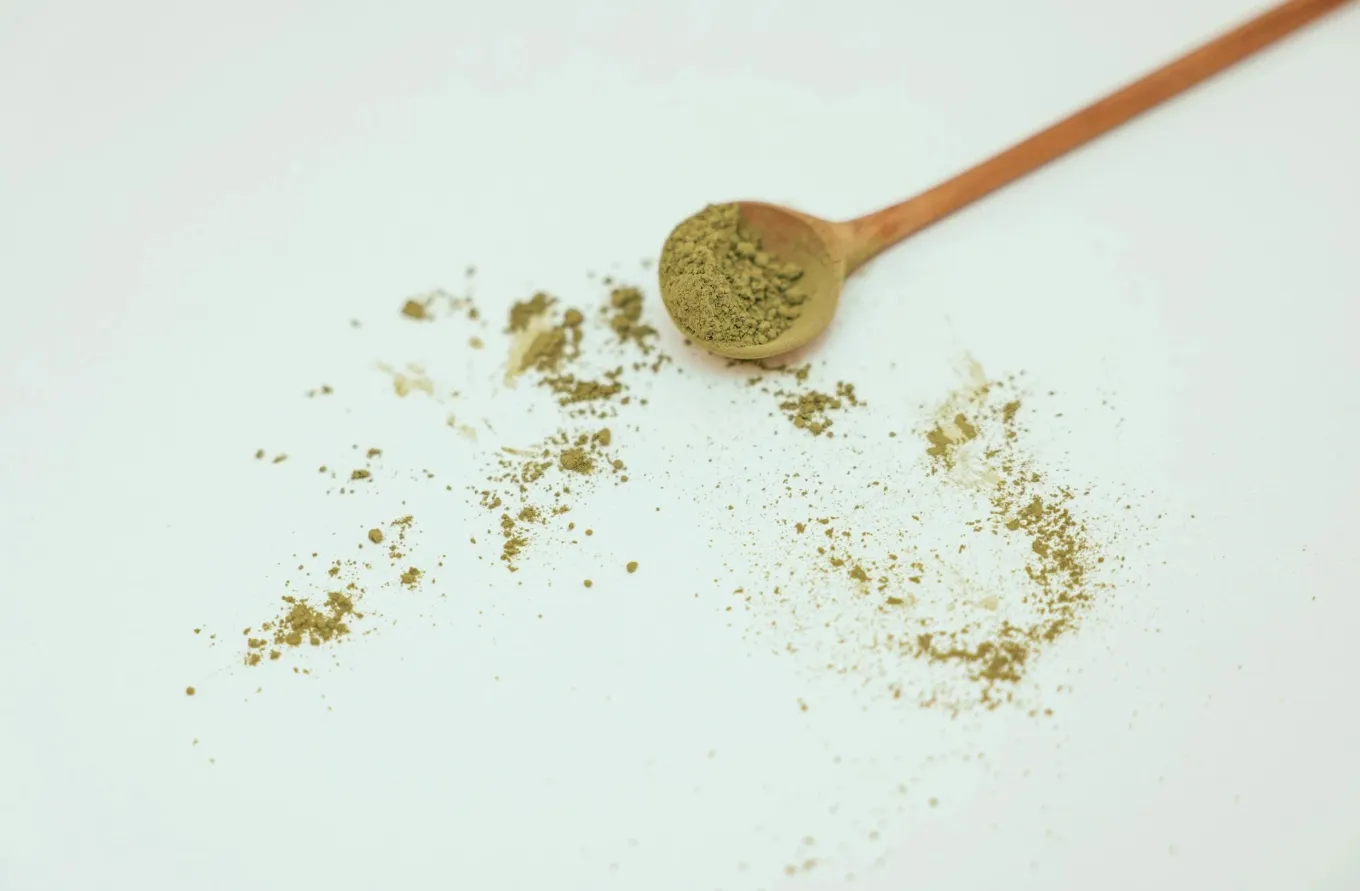
Exploring Types of Plant Extraction Methods
There are various types of plant extraction methods, each tailored to maximize the yield and quality of the extract. Commonly used techniques include maceration, distillation, and percolation. Modern types of plant extraction methods like supercritical fluid extraction and ultrasonic-assisted extraction offer efficiency and environmental benefits. These innovative techniques reduce processing time and ensure higher purity levels. Understanding these methods helps manufacturers select the best process for their needs, ensuring the integrity of the extracted compounds.
Versatile Applications of Plant Extract Powder
Plant extract powder is widely used in industries like pharmaceuticals, cosmetics, and dietary supplements. This fine powder form offers convenience and extended shelf life, making it a preferred choice for various applications. Plant extract powder retains the bioactive compounds of plants, ensuring its effectiveness in formulations. The ability to incorporate plant extract powder into different products highlights its versatility, proving its significance in creating high-quality solutions for consumers worldwide.
The Science Behind Crude Extraction of Plants
The crude extraction of plants serves as the first step in isolating bioactive compounds. This process typically involves simple methods like boiling, soaking, or grinding plants to obtain raw extracts. Although the crude extraction of plants is less refined compared to advanced methods, it remains an essential practice for initial screenings and traditional medicine preparations. Its simplicity and accessibility make it a valuable approach, especially in regions with limited resources for advanced techniques.
Mastering the Art of Making Extracts from Herbs
Making extracts from herbs is both an art and a science, requiring precision and knowledge of plant properties. Techniques like tinctures, infusions, and decoctions are commonly employed when making extracts from herbs. These methods aim to capture the essential oils, alkaloids, and other active compounds found in herbs. Whether for personal use or commercial production, making extracts from herbs offers a practical way to harness the therapeutic benefits of plants, showcasing their potential in holistic health and wellness.
From exploring the types of extraction of plants to mastering the craft of making extracts from herbs, plant extraction methods continue to evolve, offering better efficiency and sustainability. Whether you're interested in plant extract powder for commercial applications or curious about the crude extraction of plants, understanding these processes opens doors to innovative possibilities in health, beauty, and nutrition.
Post time:Mar - 07 - 2025



